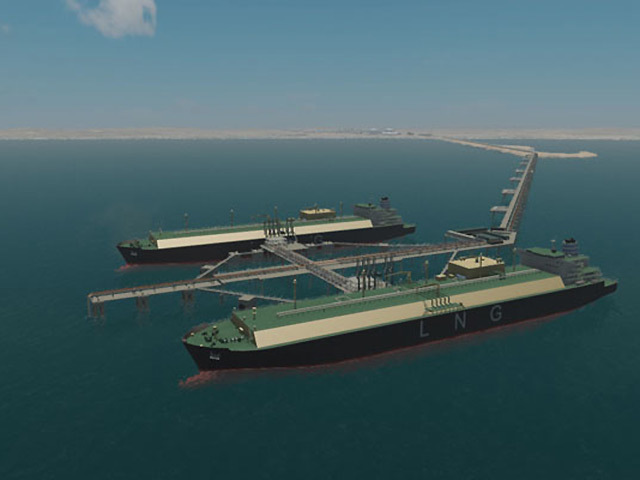
US oil giant Chevron says it will cut back on the amount it spends on exploration next year – as it sees the cost of its giant liquefied natural gas project in Australia soar.
The company said it planned to spend £24.3billion ($39.8billion) on capital and exploration projects for 2014 – which includes almost $5billion of projects by affiliates.
The figure marks a $2billion drop in spending on this year’s total spend of $42billion – which itself was significantly higher than the $36billion initially budgeted.
Chevron chief executive John Watson admitted spending at the company had reached a high, and with the costs of the LNG projects in Australia expected to peak this year, would be the start of a downward trend.
“We expect 2013 will be a relative peak year for investments, as we completed several attractive resource acquisitions,” he said.
“We also anticipate 2014 will represent the peak year for spending on our Australian LNG projects as we move them closer to first production. Overall, we have an attractive portfolio of investment opportunities which we will continue to fund in a disciplined fashion to grow value and shareholder distributions,”
Among the projects to benefit from the upstream investment, which will represent around 90% of the company’s outlay next year, are the ongoing developments of the Clair Ridge and Alder North Sea projects.
Alder, a satellite of the Britannia field and 100miles off the Scottish coast, is expected to contain 4.8billion cubic metres of gas, with production anticipated in 2015.
Focus will be put on increasing investment into the company’s Us operations, along with finds in Thailand and Indonesia.
Chevron admitted, however, that the cost of its Gorgon LNG project in Australia had risen by a further $2billion – the second increase in a year – to bring overall costs to $54billion.
Increased labour costs have been blamed for the sharp rise, but Chevron’s vice chairman George Kirkland said the overall benefits of the project – which is due to produce first gas by mid-2015 – remained positive.
“Gorgon project economics are attractive,” he said last night.
“These LNG developments are two of our most important future legacy assets, representing approximately 400,000 barrels a day of net production at full capacity. They will be substantial contributors to our cash flow for decades to come.”
Recommended for you
